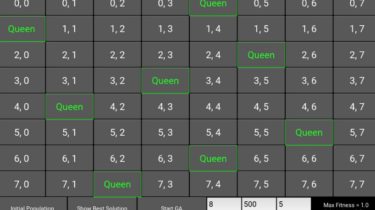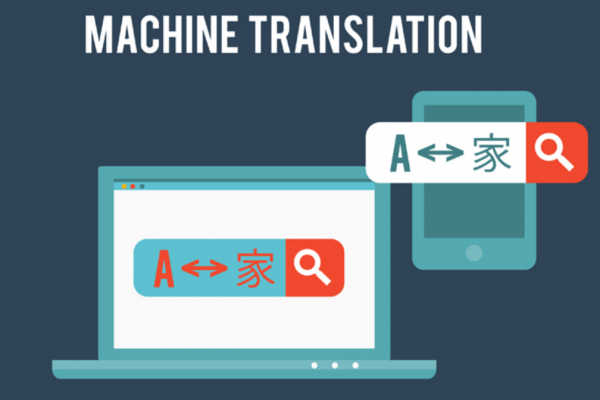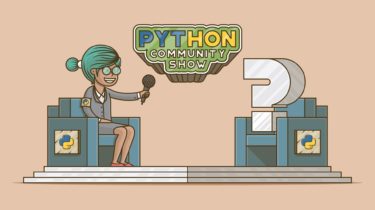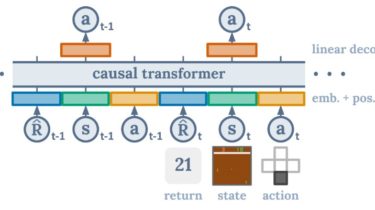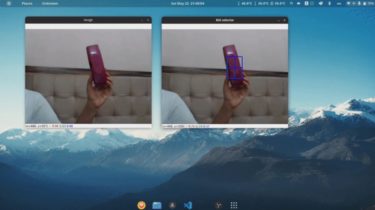A way to analyse how malware and/or goodware samples vary from each other
ByteCog ByteCog is a python script that aims to help security researchers and others a like to classify malicious software compared to other samples, depending on what the unknown file(s) is/are being tested against. This script can be extended to use a machine learning model to classify malware if you wanted to do so. ByteCog uses multiple methods of analyzing and classifying samples given to it, such as using Shannon Entropy to give a visual aspect for the researchers to […]
Read more
